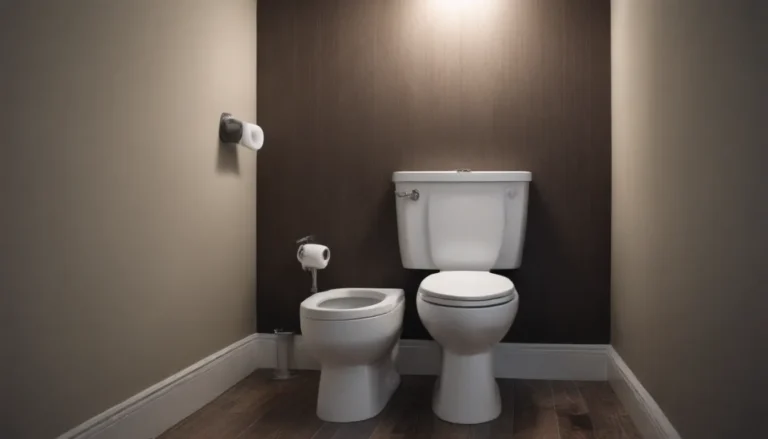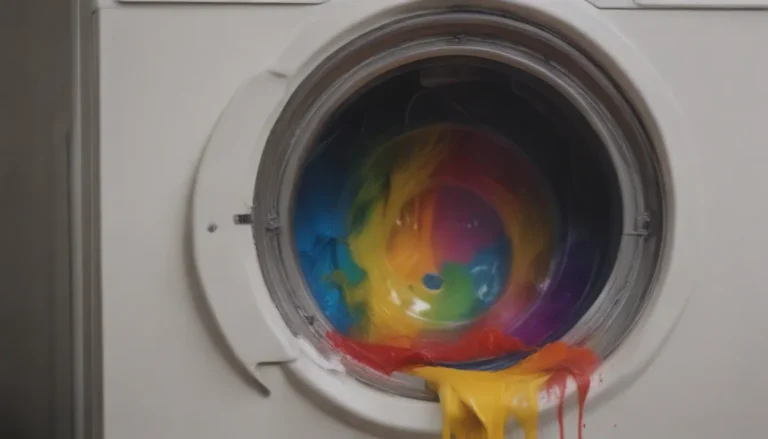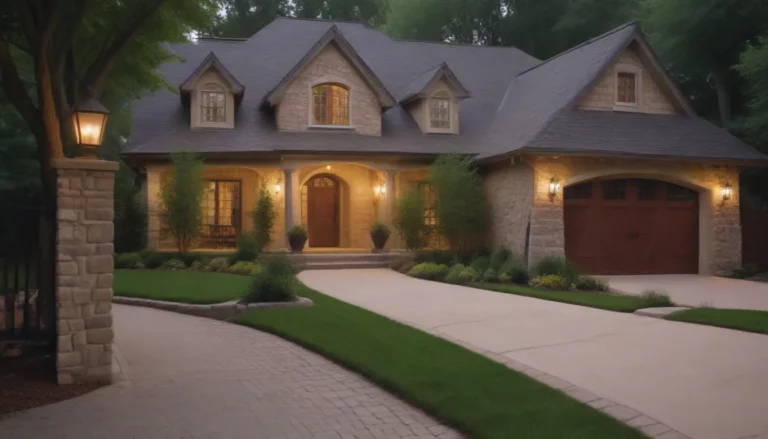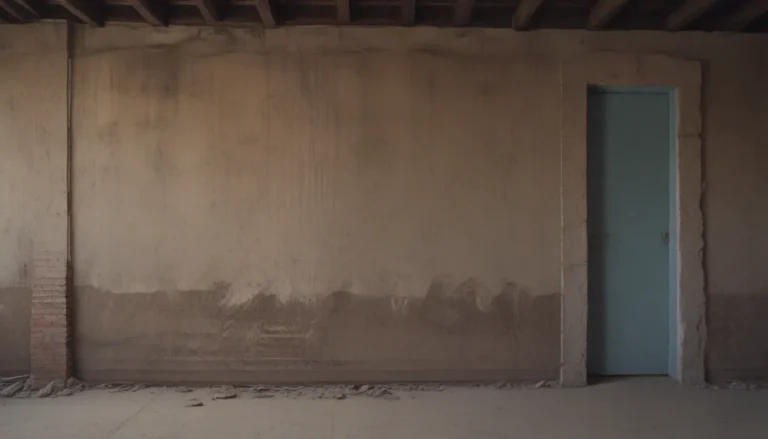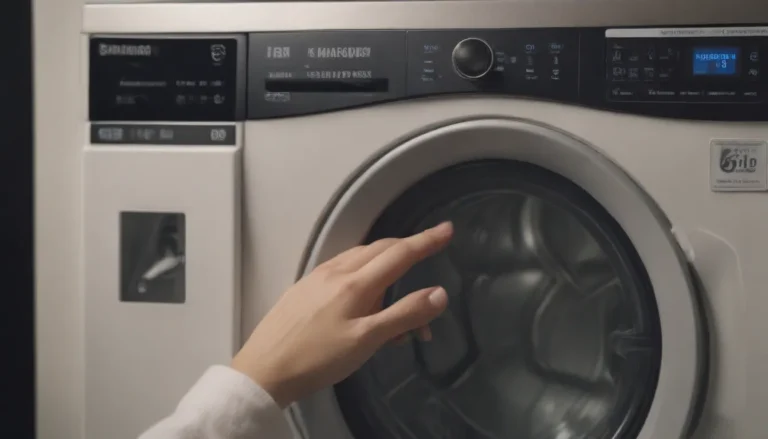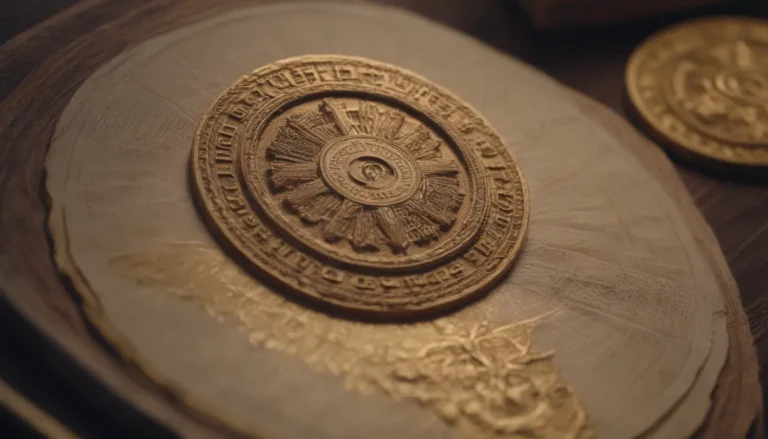The Essential Guide to Metal Roofing: Everything You Need to Know
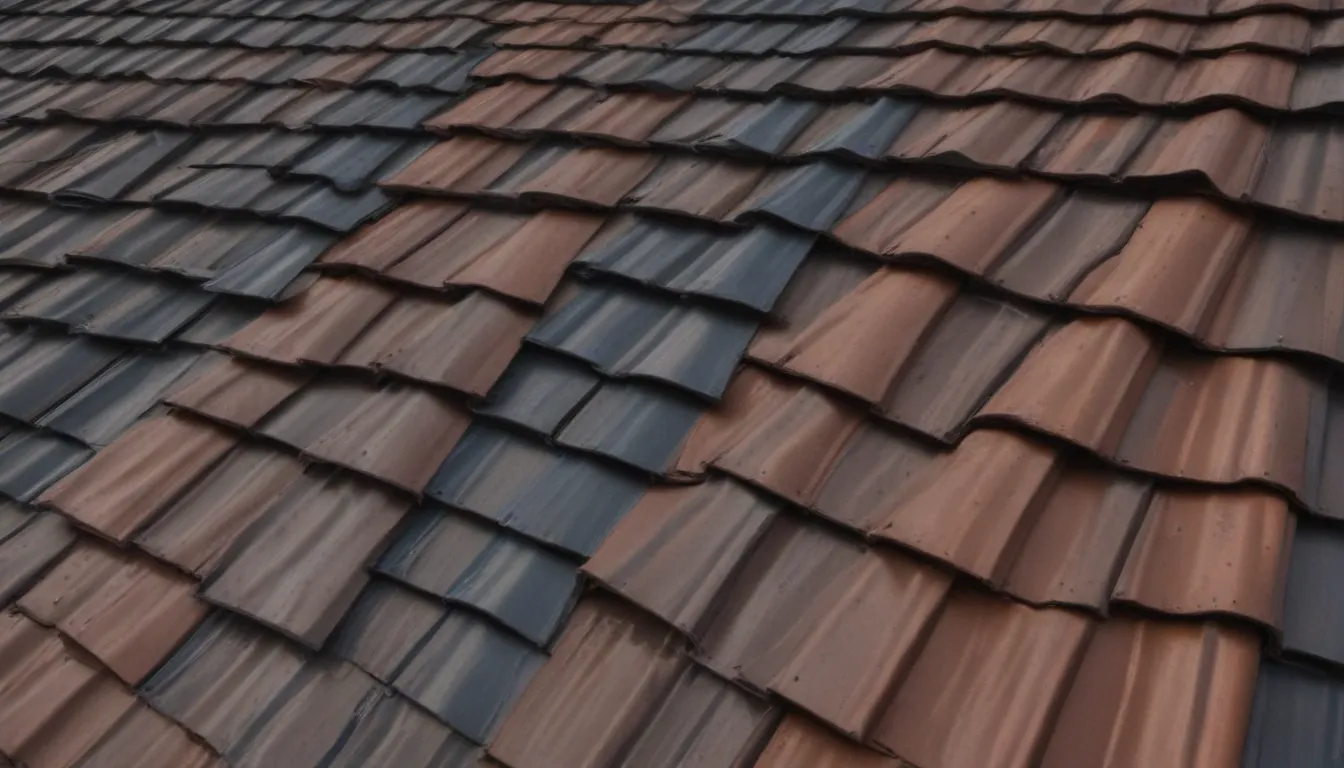
Are you considering metal roofing for your home but unsure if it’s the right choice? Metal roofing has become a popular option for homeowners due to its durability, longevity, and energy efficiency. If you’re interested in exploring the world of metal roofing, here are some key points to consider before making your decision.
1. Metal Roofs Are Becoming Mainstream
Gone are the days when metal roofing was reserved for high-end homes. Today, metal roofs can be found on all types of houses, thanks to improved manufacturing processes and increased availability. According to industry statistics, the market share for metal roofing has been steadily increasing, with about 15 percent of all roofing installations now using metal materials.
2. Installing Metal Roofing Over Existing Roofs
Metal roofing can often be installed over your existing roof without the need to tear off shingles, as long as local building codes allow it. While tear-off is the preferred method, it can be messy and costly. To avoid trapping water vapor between layers, roofers can install a vented metal roof or use furring strips to create an air pocket for ventilation. Always check local building codes before installing metal roofing over old shingles.
3. Metal Roofs Are Not Noisy
Contrary to popular belief, metal roofs are not noisier than other roofing materials. When properly installed over a solid substrate with adequate insulation, metal roofing is no louder than traditional shingles. You won’t notice any significant increase in sound levels from inside your home when it rains or hails on a metal roof.
4. Myth Debunked: Metal Roofs Do Not Attract Lightning
Another common misconception is that metal roofs attract lightning. However, this is not supported by facts or statistics. In reality, metal roofs do not increase the risk of a lightning strike. In the rare event that a metal roof is struck by lightning, it is less combustible than conventional roofing materials like wood shingles.
5. Cost-Effectiveness of Metal Roofing
While the initial cost of metal roofing may be higher than asphalt shingles, metal roofs can save you money in the long run. With warranties that can last up to 30 years or more, metal roofs have been known to last 50 years or even longer. This longevity means you’re unlikely to replace your metal roof multiple times over the lifespan of your home, unlike asphalt shingles.
Tip: Many insurance companies offer reduced rates for homeowners with metal roofs, especially in wildfire or hail-prone areas.
6. Metal Roofs Are Fireproof and Durable
One of the main reasons for the surge in metal roofing’s popularity is its fireproof properties. Metal roofs are virtually impervious to fire, rot, and insect damage, making them a preferred choice for homeowners in wildfire-prone regions.
7. Energy Efficiency of Metal Roofing
Metal roofs are known for reflecting solar heat, which can reduce cooling costs by 10 to 25 percent. In climates where cooling costs outweigh heating costs, coating a metal roof with a reflective material can further improve energy savings.
8. Metal Roofs Can Work on Low-Slope Roofs
While it’s commonly believed that metal roofing is only suitable for steep-sloped roofs, standing-seam metal roofing can work well on gently pitched roofs. The raised seams on standing-seam roofs provide water resistance, making them suitable for a wide range of roof slopes.
9. Watch Out for Severe Hail
Although metal roofs are durable, they can be vulnerable to large hailstones. While steel roofs are more resilient, aluminum and copper roofs can dent when hit by golf ball-sized hail. If you live in an area prone to severe hailstorms, it’s essential to consider this when choosing metal roofing.
10. Professional Installation and Repair
While some DIYers may attempt to install or repair metal roofing, it’s generally recommended to hire a professional. Metal roofing requires specialized skills and techniques that are best left to experienced contractors. If issues arise with your metal roof, a specialist should be called to address them.
11. Metal Roof Features: Ridge Vents
On metal roofs, ridge vents are more prominent and visually distinct compared to shingled roofs. These metal ridge vents not only provide attic ventilation but also add to the unique look of metal roofs. While ridge vents are common on most homes, they stand out more on metal roofs due to their design.
12. Recyclability of Metal Roofs
When it’s time to replace your metal roof, the old metal can be easily recycled at metal recycling outlets. Unlike asphalt roofing, which usually ends up in landfills, metal roofs are recyclable and environmentally friendly.
By considering these 12 key points about metal roofing, you can make an informed decision on whether it’s the right choice for your home. With its durability, energy efficiency, and longevity, metal roofing offers a range of benefits that make it a popular option for homeowners across the country. Whether you’re looking to upgrade your current roof or build a new home, metal roofing may be the perfect choice for you.
